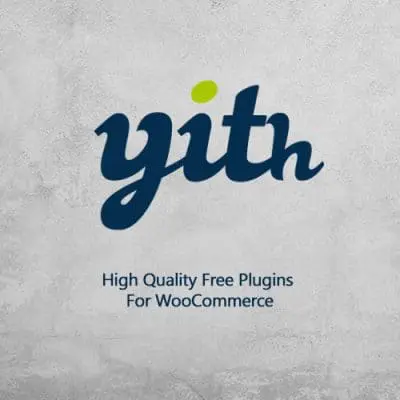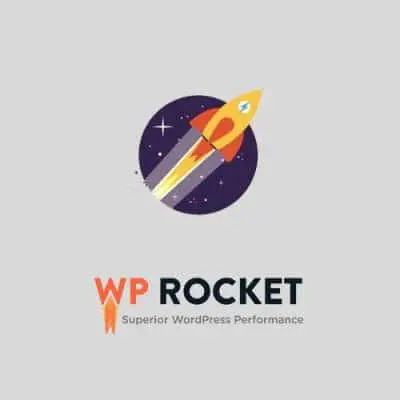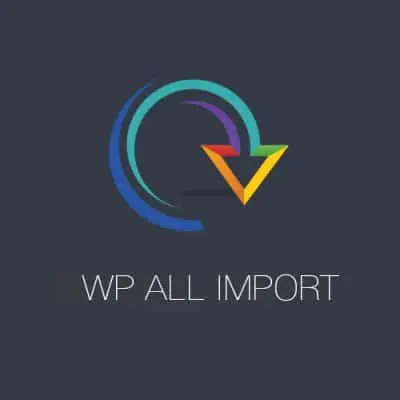When you take the time to tweak those settings, you’ll unlock a treasure trove of features that can supercharge your site’s performance. Imagine having a sports car but never taking it out of first gear. That’s what happens if you skip the configuration step. There are options waiting for you that can optimize speed, enhance user experience, and even boost your SEO strategy. Who wouldn’t want that?
Now, let’s be real: it can feel overwhelming, right? You’re staring at a long list of options, and it’s like a maze. But don’t sweat it! Start with the basics—set your goals first. Are you looking to improve loading times? Strengthen security? Maybe you want to add social sharing features? Once you have a game plan, the rest will fall into place.
Utilizing features like caching, image optimization, or automated backups can dramatically reduce the time it takes for your pages to load. Consider them your site’s little helpers, working tirelessly behind the scenes while you focus on creating great content. Each setting you tweak can lead to a noticeable difference in how visitors interact with your site. Just like adjusting the recipe in your favorite dish, it’s all about finding that perfect balance, leading to a tastier end result!
Common Issues and How to Troubleshoot Them|wordpress
First up, let’s talk about that dreaded “White Screen of Death.” Picture this: you’re excited to update your site, and suddenly, it’s just a blank page staring back at you. This usually means there’s a conflict somewhere in your code or a plugin mischief. Try disabling your plugins one by one. Think of it as a game of Jenga; pull one out and see if the tower stands. If your site pops back to life, you know where the trouble lies!
Next, we can’t skip the infamous 404 error. It’s like driving to that new restaurant, only to find out it doesn’t exist! This usually happens if you change permalink settings or uninstall a page. To fix it, simply head to your dashboard. Go to Settings > Permalinks, and just hit “Save Changes” without actually altering anything. It’s like giving your site a little nudge to remind it where to go.

What about slow loading times? You wouldn’t want your customers waiting in line forever, right? A sluggish site can send visitors packing. This could stem from oversized images or too many plugins. Use optimized images and consider caching plugins to speed things up, making your site as fast and inviting as a coffee on a chilly day.

Lastly, let’s address the login issues—forgetting your password or getting locked out feels like losing the keys to your café. The solution? Use the “Lost Your Password?” feature. If all else fails, you can reset it through your database via phpMyAdmin and get back in the game faster than you can say “WordPress.”
Frequently Asked Questions
What Should I Do If I Encounter Issues After Configuring Settings?
If you experience issues after adjusting settings, first revert changes to identify the cause. Check for error messages and consult troubleshooting guides. Restart the device to refresh configurations. If problems persist, seek help from customer support or relevant forums.
Are There Recommended Best Practices for Plugin Configuration?
When configuring plugins, it’s essential to follow best practices to ensure optimal performance and security. Start by reviewing the official documentation for guidelines on features and settings. Regularly update plugins to benefit from improvements and security patches. Avoid using unnecessary plugins to minimize conflicts and resource usage. Test configurations in a staging environment to identify potential issues before going live. Lastly, ensure proper backups in case a configuration causes unforeseen problems.
How Do I Access Plugin Settings After Installation?
To access plugin settings after installation, navigate to your website’s dashboard. Look for the ‘Plugins’ menu, find the installed plugin, and click on ‘Settings’ or a similar option. This will open the configuration page where you can customize the plugin’s features and functionalities.
What Are the Key Settings to Configure for Optimal Performance?
To achieve optimal performance, focus on configuring key settings such as resource allocation, network optimization, and system updates. Adjust CPU and memory limits according to workload requirements, enable caching to enhance data retrieval speed, and prioritize critical processes. Regularly update software and drivers to ensure compatibility and security. Additionally, monitor system performance metrics to fine-tune settings for best results.
How Can I Utilize Plugin Features to Boost Site Speed?
Maximize site performance by selectively activating essential plugins that optimize speed. Utilize caching plugins to store static versions of your pages, enabling quicker load times. Consider performance-enhancing features like minification of CSS and JavaScript files, as well as image optimization tools. Regularly update plugins and remove any that are unnecessary to prevent sluggishness. Monitor website speed using tools to make data-driven decisions for continuous improvement.













